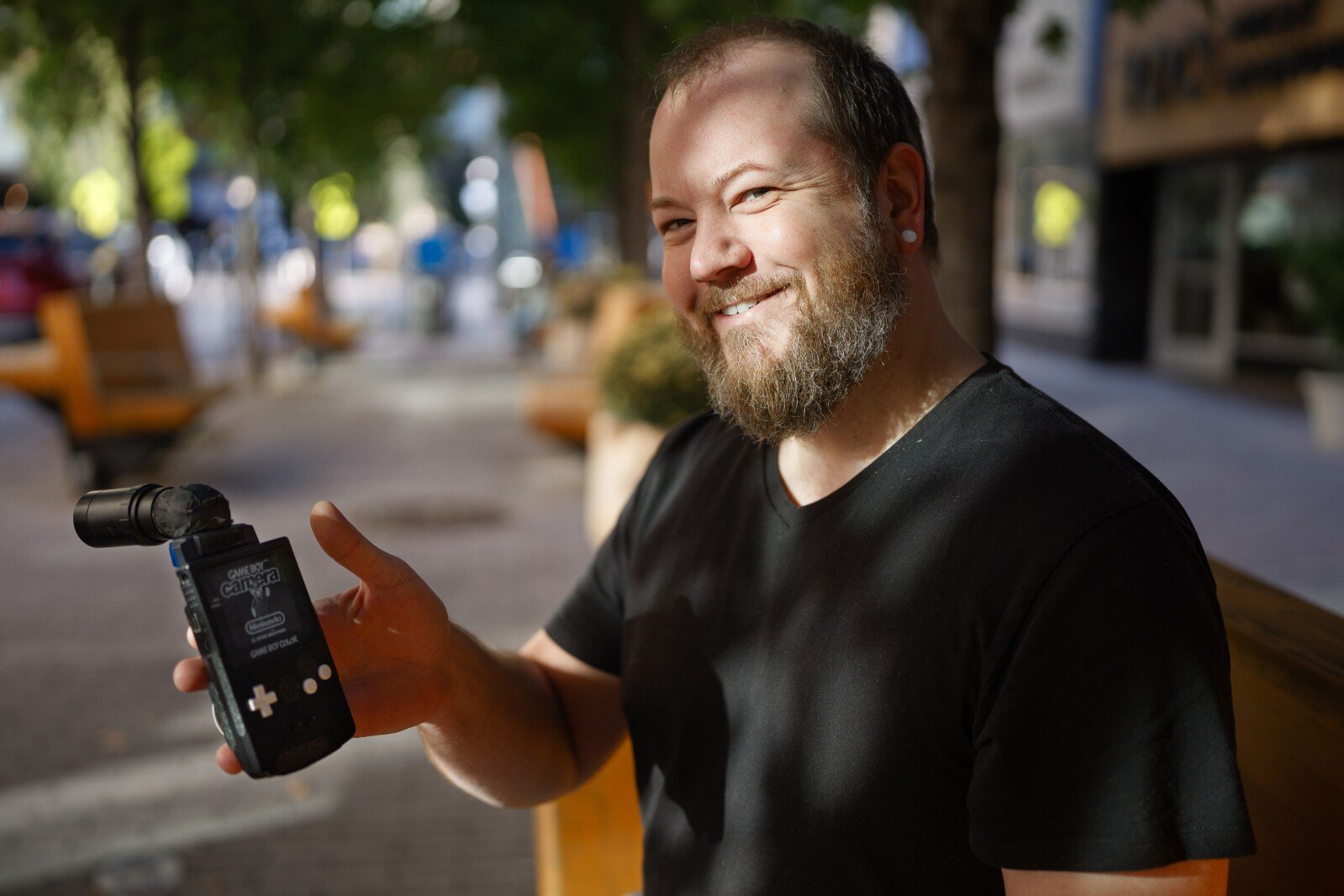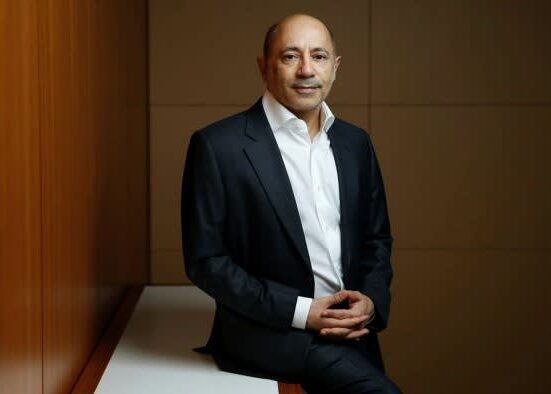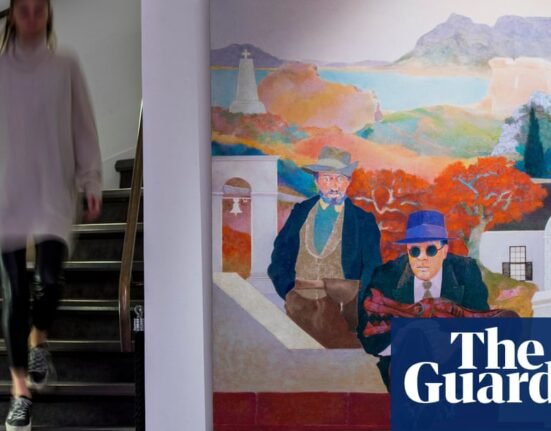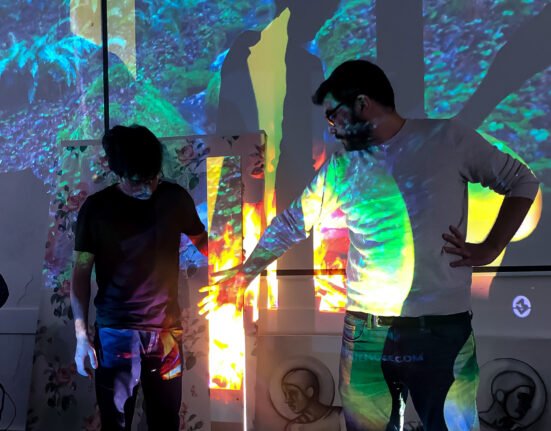Like a game of Tetris, Jordan Laine manages to keep fitting photography into his life. The Nintendo Game Boy came out in 1989, when he was 4 years old. Today, Laine is still playing with his Game Boy, but now, he’s using it to see the world in a different way.
Laine has modified a Game Boy to use it as a camera that takes uniquely pixilated and mosaic-like photos.
Laine grew up in Roseville, Minnesota, but has also spent time in Vancouver, British Columbia, and Denver, Colorado. He relocated to Rochester last year when his partner accepted a position at the Mayo Clinic.
Cameras are something Laine claims are in his blood. His grandfather, Eero Laine, designed cameras for Kodak before opening his own camera shop, and his father, Curt Laine, has run several multimedia companies in the Twin Cities.
“Visual arts have always been an enormous part of my life,” says Laine.
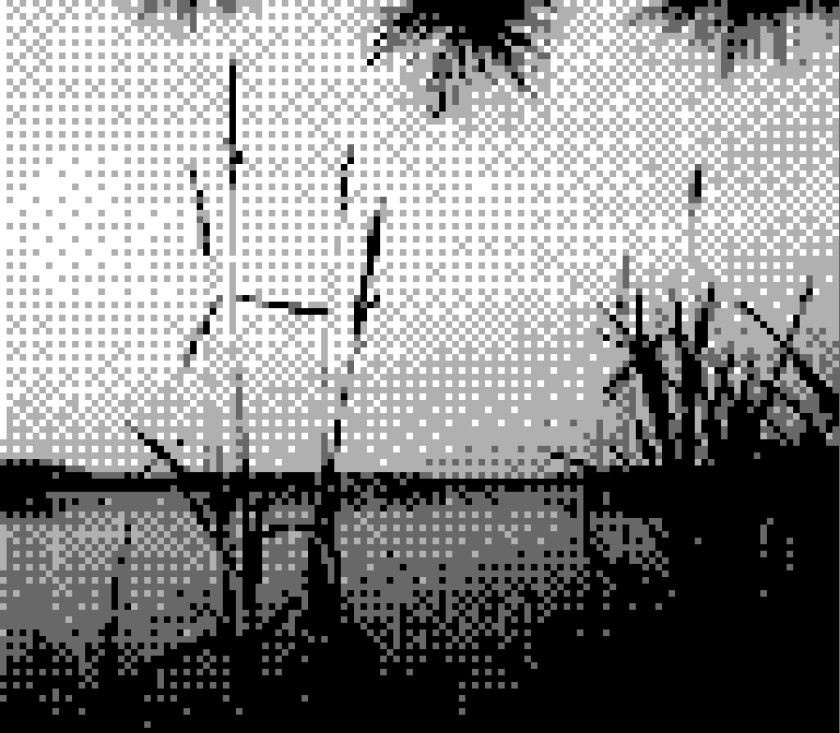
Contributed / Jordan Laine
Laine loved having disposable waterproof cameras when he was a child but really started to get excited about photography in high school. “I was 17 and taking a photography and darkroom class in high school,” he says. “I thought ‘Oh I really like this shot.’ it was a very high contrast silver print of three birds in the sky.”
For more than 20 years, Jordan has been involved with photography professionally.
“In the early 2000s, I started working full time as a grip and Photoshop artist at Studio:23 in St. Paul,” says Laine. “I worked there for about a decade before going on to start my own business.”
He’s done a lot of video work for corporate and industrial programs like messages to shareholders, promotional materials, sales tools, training videos, and testimonials.
“For me, photography has always been about the journey,” says Laine. “This journey has brought me to some really interesting places — military bases, prisons, commercial kitchens, heavy manufacturing, private jets. I’ve had the opportunity to see behind the scenes in places that the general
public does not get access to.”
Once, Laine even had his photos up in Times Square.
In 2021, living in Denver, Laine started testing new cameras by taking street photography. He took advantage of cheap flights related to the pandemic to travel around the country pursuing street photography. “When you’re shooting street photography, sometimes you have one second, one step, or one breath of wind before your ideal frame is gone,” says Laine. “I learned how to operate new cameras really fast through not wanting to miss shots.”
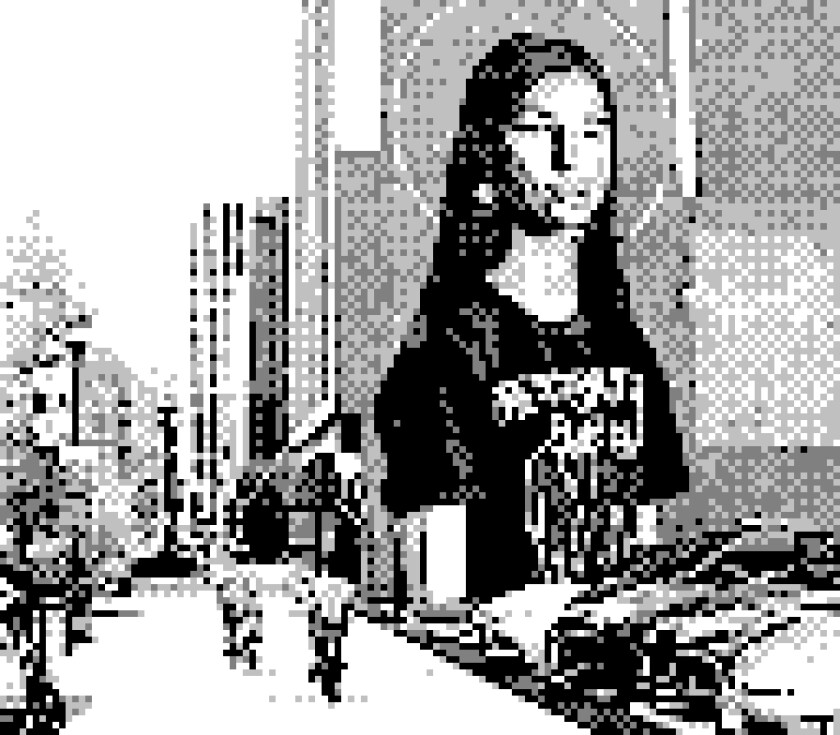
Contributed / Jordan Laine
That same year, Laine started seeing articles about people modifying Game Boy Cameras.
“I’m a nerd at heart, and these tugged on some nostalgic strings that made me super curious about the experience of shooting with a Game Boy Camera,” says Laine. “I eventually ordered an Atomic Game Boy Camera and an Atomic Game Boy Color … and brought it with me on my September 2021 trip to L.A. I fell in love with it the day I landed after meeting another street photographer and an impromptu nighttime photo shoot in the rain.”
Laine’s Game Boy photography set up is called a “Grippy Boy.” He explains that it has a lens mounted on it that is similar to a security camera. “I pulled out the internals of the Atomic Purple Game Boy Color I already had and put that in a new case and soldered a backlit LCD screen to the board to make using it in direct daylight and the dark easier,” says Laine.
Laine says the appeal of using the modified Game Boy to take photographs is that it is a limiting camera. It takes 2-bit images composed of black, dark gray, light gray, and white pixels and uses a fairly low number of pixels per image, about 0.0014 megapixels.
“While it’s challenging, these limitations provide great possibilities to create art. Because of the low definition of the images, as your distance to the image changes, so does the perceived pixel density. Take a few steps back and it looks like an image of a building, take a few steps closer and that building starts to become more abstract.”
The Game Boy Camera used by Laine holds only 30 images. The limited number of images makes it important to be selective about which images are kept. “The low finite number of images you can capture makes it feel a little like shooting film,” says Laine.
Laine says he’s connected with a larger Game Boy Camera community that creates and sells different modifications to make taking photographs with the system possible. “The people in the Game Boy Camera community are amazing,” says Laine. “There is a Discord channel full of resources, photos, modding projects, and a group of very active people from around the world that lift up the medium and are there to help when you need it.”
The gray scale and blocky looking photos that Laine captures on his Game Boy Camera almost turn real life scenes into moments from a video game. Suddenly, Laine’s Game Boy Camera makes everything seem a little like a game of Super Mario Land.
For Laine, time is an important element of the creativity involved with photography.
“Photography and time share a special relationship,” he says. “It is the celebration of an isolated moment; that snippet of time can capture and create emotions, it can preserve and document eras, challenge perspectives, induce nostalgia and so much more.”
To learn more about Jordan Laine’s Game Boy Camera photography visit his Instagram
or visit his website at
.

